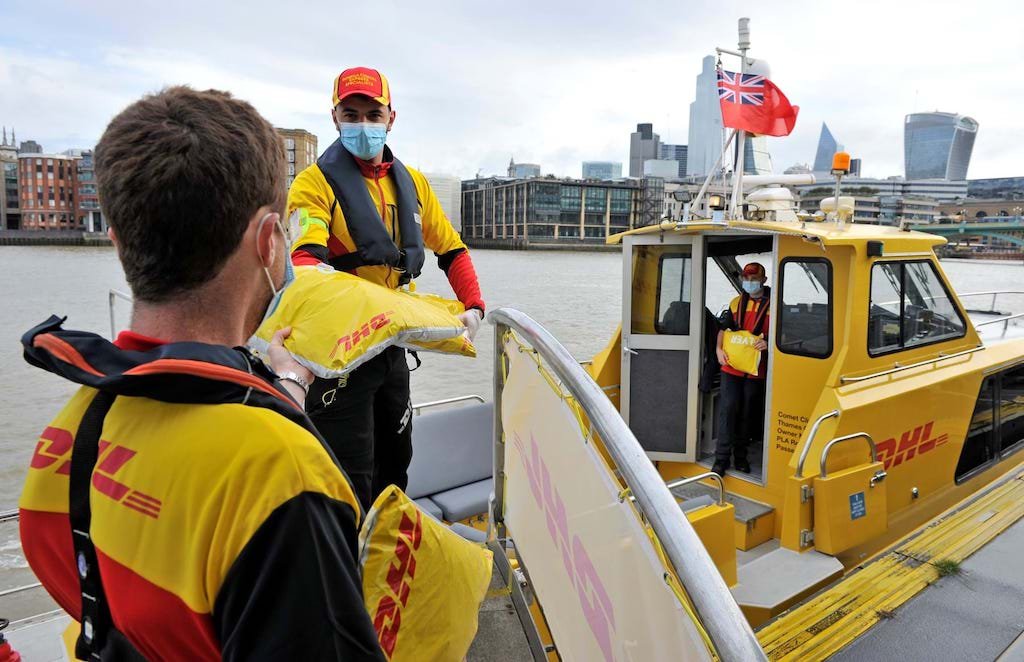Report highlights River Thames’ enormous untapped light freight potential
A new report, Light Freight on the River Thames commissioned by the Thames Estuary Growth Board and the Port of London Authority, concludes the River Thames has enormous, untapped potential for handling light freight.
The report, delivered by WSP, concludes that the Thames can be better used for large-scale light freight, such as deliveries of parcels, food, beverages, and retail goods. Handling just three per cent of the 700 million parcels delivered in London annually, it says, could make river freight competitive with traditional road freight.
And while light freight on the Thames is an operational and financially viable proposition, the report identifies the need to be “viable for supply chains for it to be adopted by business”.
The report recommends the follow action plan:
Establish a coordinating body to facilitate river investments.
Show how operations at the key points – loading, unloading and last mile – can work seamlessly and efficiently to attract anchor customers.
Develop detailed options for pier development that minimise costs and maximise market access.
Realise the social benefits of river freight through revenue support mechanisms and understanding of customer willingness to pay for environmentally friendly deliveries.
Push for limited increases in road pricing to facilitate an enormous reduction in van traffic.
Enter discussions with large, innovative online businesses that can become the potential anchor clients that will achieve the 20m parcel target.
Support the development of proof-of-concept trials, including those currently underway.
Light river freight is already showing signs of resurgence, with the drive of organisations such as the Port of London Authority (PLA) and the use of the river for parcel trade (by DHL for example) and hospital supplies (Guys and St Thomas NHS Trust with CEVA). This generates enormous environmental and social benefits whilst also presenting an opportunity to push forward innovation through new marine technologies in green power such as hydrogen and electrical propulsion.
Professor Jim Coleman, Head of Economics at WSP, said, “The findings from our report are clear: moving light freight onto the River Thames is not only feasible, but has invaluable benefits. Decarbonising our transport network and helping deliver a greener net zero future for everybody is a vital task. Cost is an overriding issue in transportation, but at the right scale, it can easily be competitive with road freight, particularly as new technologies and innovations develop.
Kate Willard OBE, Estuary Envoy and Chair of the Thames Estuary Growth Board, said, “We have this enormous opportunity to make the most of the river and use it to deliver new jobs, reduce road congestion and clean up polluted air.”
James Trimmer, Director of Planning and Environment for the Port of London Authority, added, “The Thames is home to the UK’s largest port and inland waterway and provides a sustainable and reliable, congestion free highway into the heart of the capital. The WSP report shows how ‘joining the dots’ between port and consumer is a very real possibility and one which will deliver manifest environmental and wider social benefits.”
Thames Estuary Growth Board is now taking the findings of the study to operators, logistics companies and key stakeholders.

